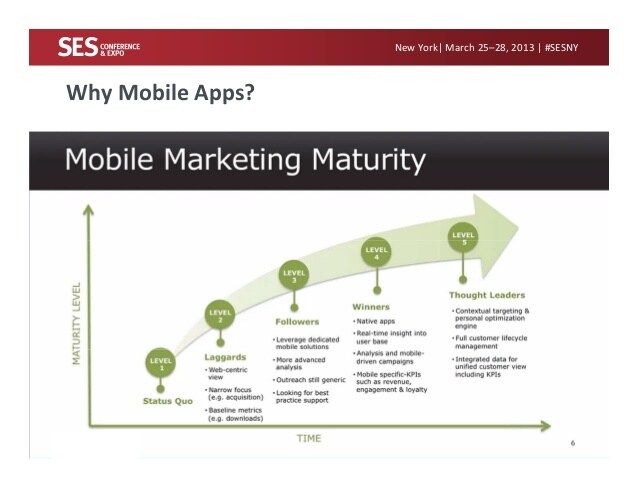To attract more users to its Firefox browser, Mozilla’s business development team turned to Stanford University. Not the business school, but the Hasso Plattner Institute of Design. A B-school class would have focused on market size and used financial analysis to understand it. This D-school class used “design thinking” instead. They began with consumers and used ethnography, the latest management tool, to learn about them. The power of this new approach to promote innovation and open up business opportunities is attracting the attention of leading corporations. Design has evolved from a narrow discipline dealing with the form and function of products into a major new approach to developing business models. As BusinessWeek recently put it, “If engineering, control and technology were once the central tenets of business culture, then anthropology, creativity and an obsession with consumers’ unmet needs will inform the future.” The best design schools and programs are multidisciplinary. They combine engineering, business, design, and social sciences. They team-teach using groups of professors and outside professionals. And the students are organized in groups to operate as teams. D-school grads often have both extraordinary depth in a field and the breadth of knowledge to apply it. Having all those parts embedded in one person’s brain can put you over the top in terms of the ability to innovate.
Design thinking meets business model
19 years ago • 1 min read

